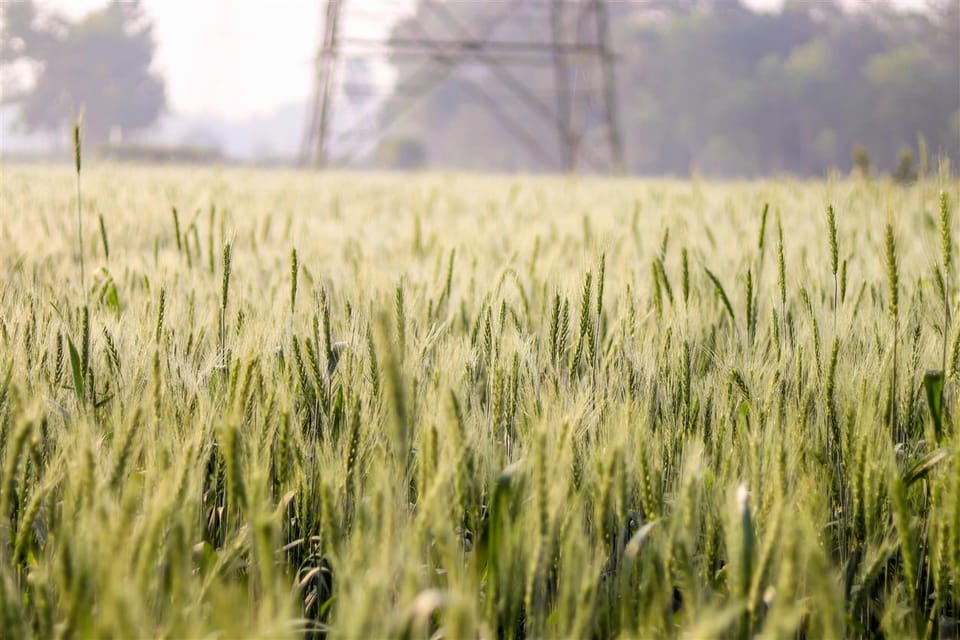Unlocking the Secrets of Cover Crops: A Guide to Sustainable Farming Practices

In the realm of sustainable agriculture, cover crops play a pivotal role that extends far beyond simply preventing soil erosion. As vital inclusions in the agricultural landscape, cover crops promise enhanced soil health, moisture retention, and nutrient management, all contributing to a more sustainable farming ecosystem.
Understanding Cover Crops
Cover crops are typically planted during the off-season when cash crops are not in the ground. These living plants are not just a passive layer over the soil; they are dynamic participants in the soil’s health and fertility. Healthy soil relies on maintaining living plants in the ground for as many days of the year as possible, thus making cover crops an integral part of farming strategies aimed at building and sustaining soil vitality.
The Multifaceted Benefits of Cover Crops
- Soil Health Enhancement: The use of cover crops significantly boosts the organic matter in the top layers of soil. As farmers like Lamar Black emphasize, increasing organic matter improves soil health, enhances moisture retention, and mitigates the impact of drought conditions. A healthy, organic-rich upper soil layer can help crops survive during dry spells by conserving moisture.
- Weed Suppression: Effective cover crops can act as natural weed barriers. For example, a cover crop like rye can grow tall and thick, creating a physical mat on the soil that significantly limits weed growth during the fallow period. This suppressive effect can shift weed dynamics on the farm, making it harder for competitive weeds to establish themselves.
- Erosion Control: While one of the primary reasons for planting cover crops is erosion control, the benefits extend far beyond that single function. By maintaining soil structure and covering the soil, cover crops protect against wind and water erosion, thereby preserving the valuable topsoil.
Nutrient Scavenging and Management: Cover crops efficiently scavenge residual nutrients, particularly nitrogen left from previous crops. In conventional farming setups, these nutrients are often lost, but cover crops ensure they remain accessible for subsequent crops. For instance, legumes, commonly included in cover crop mixtures, have the ability to fix atmospheric nitrogen, significantly reducing the need for synthetic fertilizers.
Strategies for Successful Cover Crop Management
To maximize the benefits of cover crops, careful planning and active management are essential. Farmers should consider selecting cover crops that are distinct from their cash crops to enhance biodiversity and reduce competition for nutrients.
For instance, rice has been noted for producing significant biomass, with some farmers achieving up to six tons per acre. This extensive root system not only aerates the soil but also assists in nutrient scavenging. Italian ryegrass is another economical choice, offering substantial root penetration capabilities despite having less above-ground biomass.
Scott Utley's experience with crimson clover illustrates the long-term benefits of establishing legume cover crops. Once established, clover can provide substantial nitrogen fixation with minimal ongoing intervention, effectively supporting the soil health for future planting seasons.
Building a Sustainable Future
Adopting cover crops is not an instantaneous process; it demands time and continuous effort. As Ray Styer aptly notes, transformation and improved soil health through cover crops is a gradual journey that evolves over years. Farmers who embrace these practices often find that their soil health and resilience improve significantly over time, leading to rewarding outcomes.
Overall, cover crops stand as a testament to the potential of sustainable farming practices. They embody the principle that land and soil were meant to be covered, preserved, and nurtured. By unlocking their secrets, farmers can foster healthier ecosystems, address climatic challenges, and promote sustainable agricultural practices that yield benefits for generations to come.


